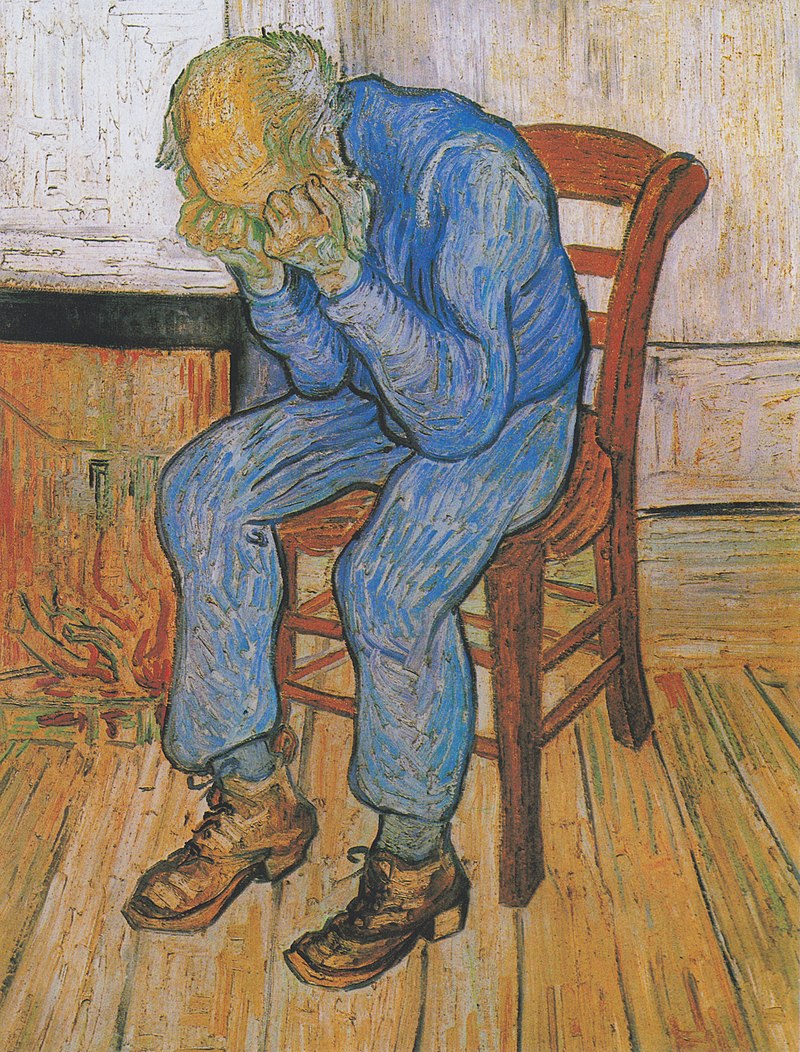Taking a psychiatric history involves a unique approach compared to other medical histories. It is essential to organize the history systematically while being sensitive to the patient’s comfort and concerns. Here is a guide to effectively gather a psychiatric history using the five S’s: Symptoms, Social, Substances, Psychosis, and Self-harm/Suicide.

Symptoms
The first step involves discussing the presenting complaint and its history.
- Presenting Complaint: Mood disturbance, anxiety, or other symptoms.
- History: Onset, progression, triggers, exacerbating or relieving factors, associated symptoms, and impact on daily life.
Past Psychiatric History:
- Previous diagnoses, admissions, treatments, and responses.
Past Medical History:
- Relevant medical conditions that may affect mental health.
General Tips:
- Encourage patients to talk about themselves to build rapport.
- Be aware that patients may find it difficult to discuss mental health issues and may feel frustrated by repeating their history.
Mnemonic for Depression: SIG E CAPS
- S: Sleep disturbances.
- I: Interest loss (anhedonia).
- G: Feelings of guilt or worthlessness.
- E: Energy levels (fatigue).
- C: Concentration difficulties.
- A: Appetite changes.
- P: Psychomotor retardation or agitation.
- S: Suicidal thoughts or self-harm.
Social
Social history often contributes significantly to mental health symptoms.
- Living Situation: Who they live with, relationships, children (safeguarding concerns).
- Family History: Any relevant family history of mental health issues.
- Occupation/Schooling: Impact of the mental health issue on job or school performance.
- Forensic History: Any criminal record or legal issues impacting the patient.
Substances
This includes both current and historical substance use.
- Medications: Regular medication, compliance with prescribed treatments.
- Substance Use: Smoking, alcohol, illicit or recreational drugs.
- Food-related Behaviors: Binge eating, purging, or other eating disorders.
Psychosis
Psychosis involves significant alterations in perception, thoughts, mood, or behavior.
- Hallucinations: Perceptions without stimuli (auditory, visual, olfactory, tactile).
- Auditory hallucinations are most common.
- Delusions: Fixed beliefs outside cultural norms (thought insertion, withdrawal, broadcasting, delusions of reference).
- Positive Symptoms: Hallucinations, delusions, disorganized speech, and behavior.
- Negative Symptoms: Reduced speech, emotional blunting, self-neglect.
Self-harm and Suicide
Discussing self-harm and suicidal thoughts should be handled sensitively and generally towards the end of the consultation.
- Self-harm: Methods, frequency, reasons, and physical consequences.
- Suicidal Thoughts: Specific plans, previous attempts, reflections on those attempts.
Risk Factors for Suicide:
- Demographics: Male sex, age below 19 or above 45.
- History: Previous attempts, substance use, loss of rational thinking.
- Support: Lack of social support, isolation.
- Plans: Organized plan, access to means.
- Occupational Risks: Healthcare workers, farmers.
General Tips for Taking Psychiatric History
- Build rapport before delving into sensitive topics.
- Tailor the history-taking approach to the presenting complaint and context.
- Be prepared to support the patient through discussing potentially distressing topics.
- Ensure to assess not only the risk to the patient but also any risk to others.
By organizing the psychiatric history using the five S’s and being mindful of the patient’s comfort, you can gather a comprehensive and informative history that supports effective diagnosis and treatment planning.